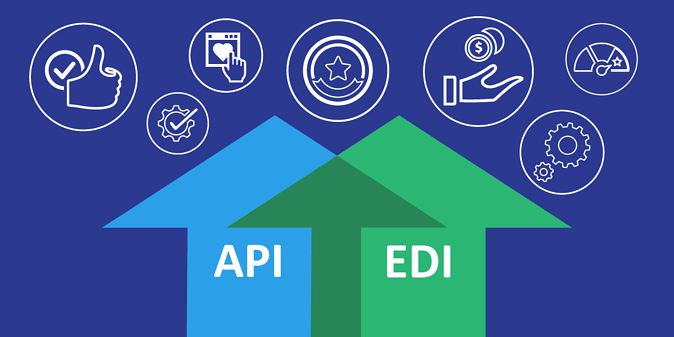Justifying Investments in Integration Requires Articulating Business Value
At the beginning of 2020, most companies already planned to hold their IT budgets steady. According to a survey, only 48 percent planned to increase spending. After the coronavirus pandemic hit, organizations moved into survival mode – but because of the need to become resilient and adapt to unforeseen challenges, integration solutions moved to a top priority. To meet the needs of remote employees, customers, and partners, organizations need to connect to even more applications and data sources.
However, justifying investments in new technologies – even tools and platforms that align with key priorities – requires understanding and articulating the business value.
Justifying investments in integration is no exception. This can be difficult since integration solutions aren’t something that can be presented easily in a flashy demo to the C-suite. However, there are ways to help make the case for integration in the organization, which we’ll explore here.
Define Integration Solutions as a Comprehensive Strategy
When organizations begin exploring integration, APIs often are the easiest ones to justify. In some respects, they serve as a tactic to connect the myriad systems within an organization, and most companies already use APIs in some form. APIs often open the door to broader integration initiatives, and their success can be used to pull together a comprehensive cost-effective strategy that does more than just address pain points.
Identify the Business Goals Integration Achieves
Because integration isn’t top of mind until something breaks, business leaders usually view it as just another item on the checklist. But it can actually enable business goals and create a competitive advantage for the organization, as well as improve productivity and efficiency.
To justify spending, organizations need to first identify the business process goals that integration can help with, such as increasing customer lifetime value, then mapping how integration tools will help achieve these goals. In this example, integration connects multiple systems and data sources and allows sales representatives and customer service agents to see a fuller picture of the customer’s history. This can be used to provide the customer with offers tailored to them, resolve issues faster, and ultimately increase customer retention rates.
Dig Up Unexpected Benefits
Business leaders and line of business users may expect integration to make the organization more efficient. Some may know an API can populate their new CRM system integration with customer data, or aggregate data for regular reporting purposes. They might not know that using APIs and integration allows organizations to pull in data from a variety of sources in real-time.
For example, the sales team may update a cloud-based spreadsheet regarding activity in their territory. Integration solutions can pull this data into the CRM system and allow managers to create real-time reports that reflect the current state of the organization. This allows them to make better decisions surrounding resource allocation and adjust projections as necessary.
Use Small Successes to Build an Organization-Wide Strategy
As mentioned above, APIs are often how organizations begin with integration. Most companies already have some being used, and these small successes can be built upon to create an entire integration solutions strategy for the organization. For example, an organization might have connected a cloud-based inventory module to its ERP system, which resulted in more accurate information being delivered to customers – and an increase in orders. This use case can help justify bringing integration to other areas of the organization.
To do that, companies will need to create a comprehensive integration strategy that encompasses APIs and other tools, as well as centralizes and standardizes the technology being used. This will help teams get on the same page and avoid creating one-off, brittle integrations that can fail if software is updated.
Also, companies should consider investing in a hybrid integration platform, which includes capabilities for integration, API management, and governance. One that allows for user-friendly tools and self-service can help reduce the reliance on the IT and integration team to be deeply involved with every connection.
Effective Integration Solutions are a Great Investment
Ultimately, the business value of integration will far outweigh the costs, and organizations will see ROI from these investments.
By mapping integration to business goals, highlighting unexpected benefits, and using the small wins to expand integration to the whole organization, companies can justify new tools even when IT spending is expected to slow down.
While building a business case may sound complex, it doesn’t have to be. We’ve helped companies develop the business case and optimize their integration strategies for years. We’re happy to help you do the same. Learn how our Integration Architecture Framework accelerates this process and more about our business optimization consulting.


